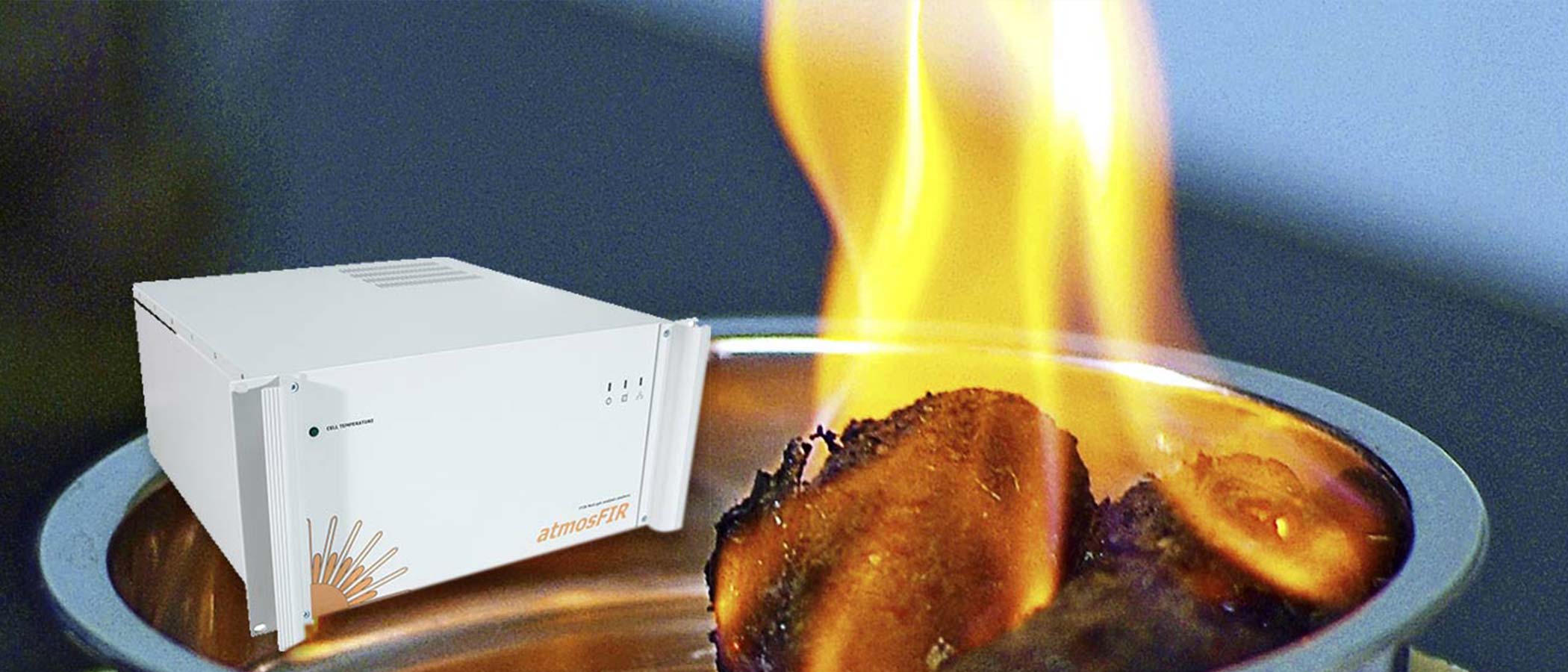Multi-Stream Combustion Research
Protea supplied a complete turn-key measuring system for multi-point sampling in a University combustion research laboratory. Utilising the latest in FTIR spectroscopy, atmosFIR, a complete cabinet system was supplied containing:
- atmosFIR FTIR Gas analyser
- Sampling System Control Module (SSCM)
- Heated Stream Selection Module (HSSM)
- Temperature Control Module (TCM)
- 4 heated sample lines
- 4 heated sample probes
- Embedded PC controller
The atmosFIR FTIR analyser is a full spectrum gas analyser allowing for the measurement of hundreds of gases with one instrument. For this application it was configured for inorganic combustion gas components such as CO, NO, NO2, N2O, SO2, HCl, NH3, H2O and CO2 as well as a number of organic species such as CH4, C2H6, C2H4 and HCHO (formaldehyde).
Contained in the one compact cabinet system alongside the gas analyser was Protea Heated Stream Selection Module (HSSM) - a multi-point sampling manifold of 4 stream selection valves all heated to 180°C. The HSSM is controlled via the FTIR control software, PAS-Pro, enabling complete automation of the sampling from all 4 streams. Each measurement point is measured for a pre-programmed time frame within the software. Alternatively, manual control allows for switching of the streams when required by the operator.
The system used completely heated sampling systems of 180°C between probe and analyser, using Protea's heated sample lines. The heated lines were all controlled via the Temperature Control Module (TCM), a bank of 4 temperature control circuits for external heated line control. All heated part temperatures were monitored with alarms being register in the Sampling System Control Module (SSCM). This enables the sampling to be suspended from any measurement point should the sampling equipment for that stream suffer a temperature failure.
All data is logged according to the sampling point, allowing for simple data extraction and manipulation by the operators.
